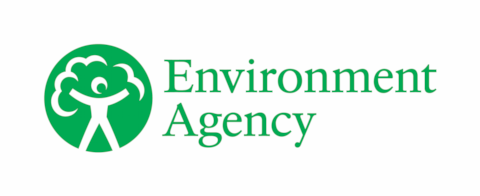A behavioural approach to communicating bathing water quality: summary
Published 7 February 2025
Applies to England
1. Research summary
This small research project aimed to identify potential ways to optimise existing communication channels, and to highlight additional opportunities for disseminating bathing water quality information, drawing on behavioural insights. This is a piece of standalone research and not a commitment from the Environment Agency or Defra to implement any of the suggested interventions.
1.1 Background
Effective communication about bathing water quality is essential for enabling bathers to make informed decisions and to protect their health. The Environment Agency and Local Authorities currently communicate bathing water quality information to the public via two main communication channels: signage at designated bathing locations and online via the Swimfo website. This research was designed to better understand why awareness of and engagement with bathing water quality information among the public is generally low and learn from best practice to help improve communication about bathing water quality. The research sought to answer four research questions:
- What do we know about behaviours of bathing water users?
- What interventions have been successful in similar contexts?
- What is our Theory of Change or user journey/experience? Where are the best opportunities for interventions?
1.2 Approach
Phase one included a Theory of Change workshop with a small group of Environment Agency and Defra staff, a rapid evidence assessment of twelve key papers and a review of approaches to water quality communication in two comparable countries (the USA and Germany). Phase two included depth interviews with eight experts in the field of risk communication and interviews with six outdoor bathers to explore water quality communications from both a service provider and a user perspective.
As sample sizes were small, the findings in this report should be viewed as hypotheses which require further investigation, rather than conclusive evidence.
1.3 Results
The research identified some factors that may contribute to low levels of engagement with bathing water-quality information, including a lack of awareness and understanding of water quality. The research also generated hypotheses for individual and situational differences that may impact how bathing water quality information is received, including individual factors like risk appetites and the social context of a bathing trip.
Eight key principles of effective risk communication were identified in the research, suggesting bathing water quality information needs to be easy to access, timely, good quality, easy to interpret, actionable, relevant to users, consistent and delivered by the best messenger.
1.4 Conclusions
The research suggests that optimising current channels in line with principles of good risk communication could encourage engagement with bathing water-quality information. Providing new routes to this information targeted at different user groups could improve engagement further. For example, tapping into community networks to reach active bathers and providing well-signposted and simple information to occasional bathers. Further research would be necessary to inform the optimum modifications for existing communications and to find the best options for new communication channels or other interventions.
1.5 Publication details
This summary relates to information from the following project:
- Project manager: Anna Lorentzon, Environment Agency
- Research contractor: Kantar Public UK’s Behavioural Practice
This project was commissioned by the Environment Agency and the Department for Environment, Food and Rural Affairs.
Enquiries: research@environment-agency.gov.uk.
© Environment Agency

